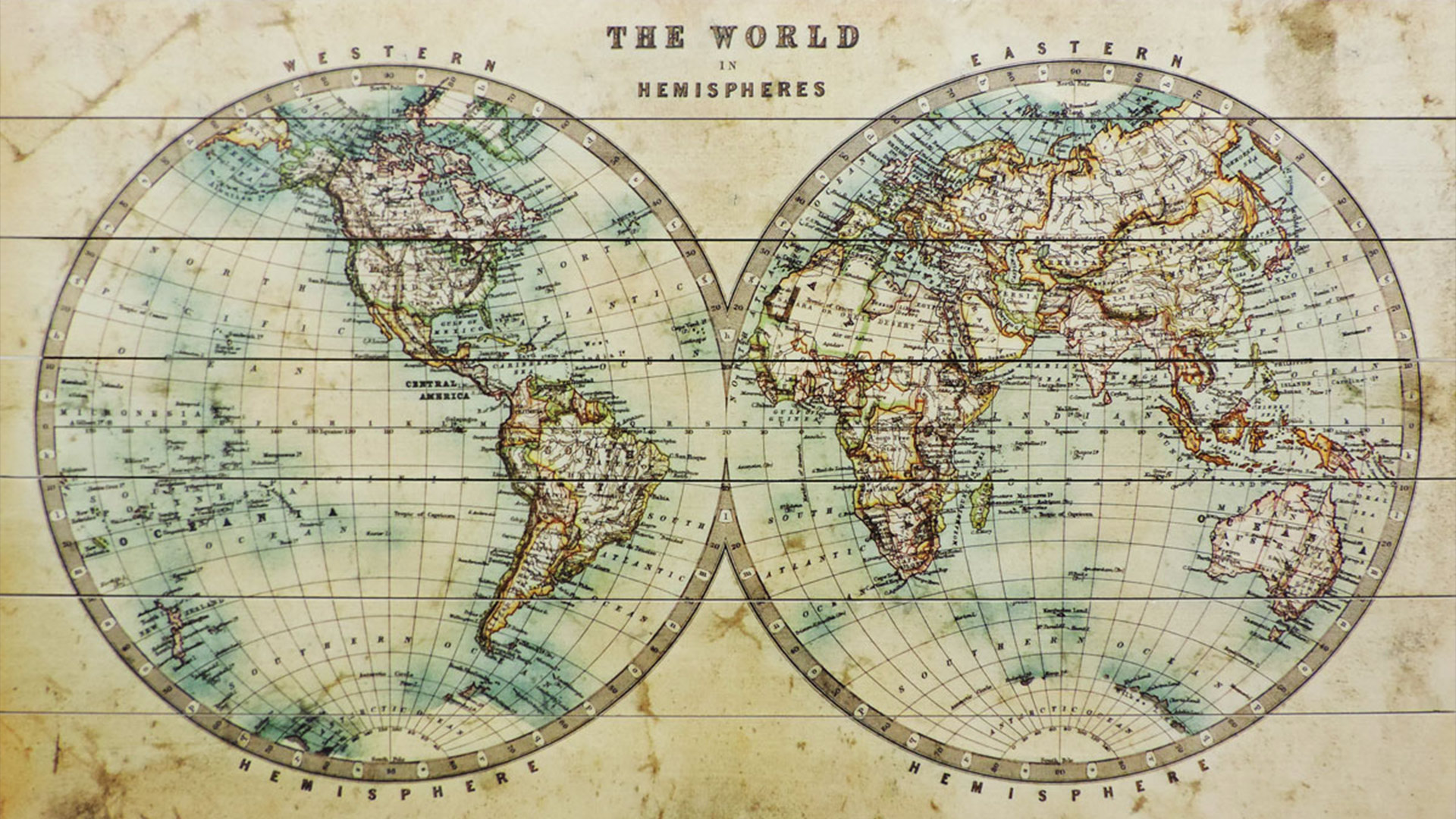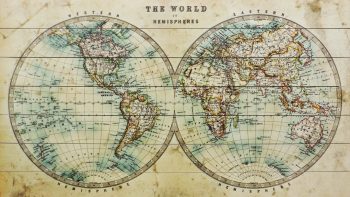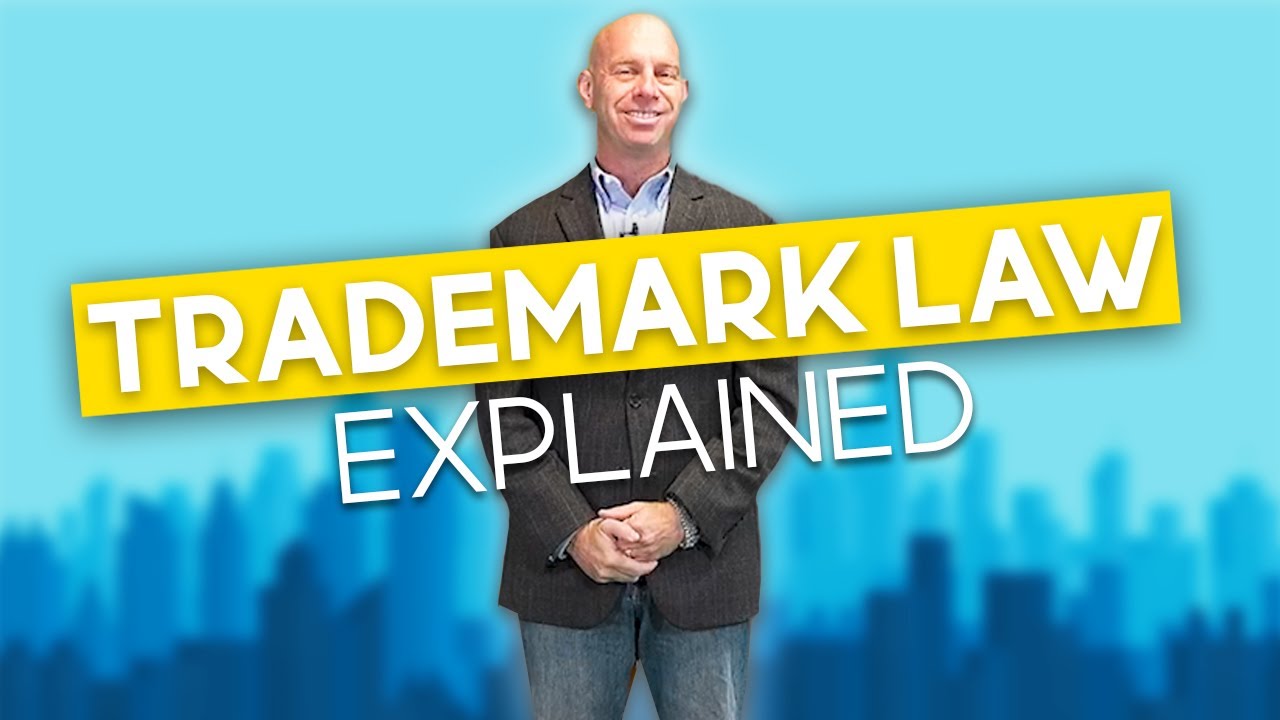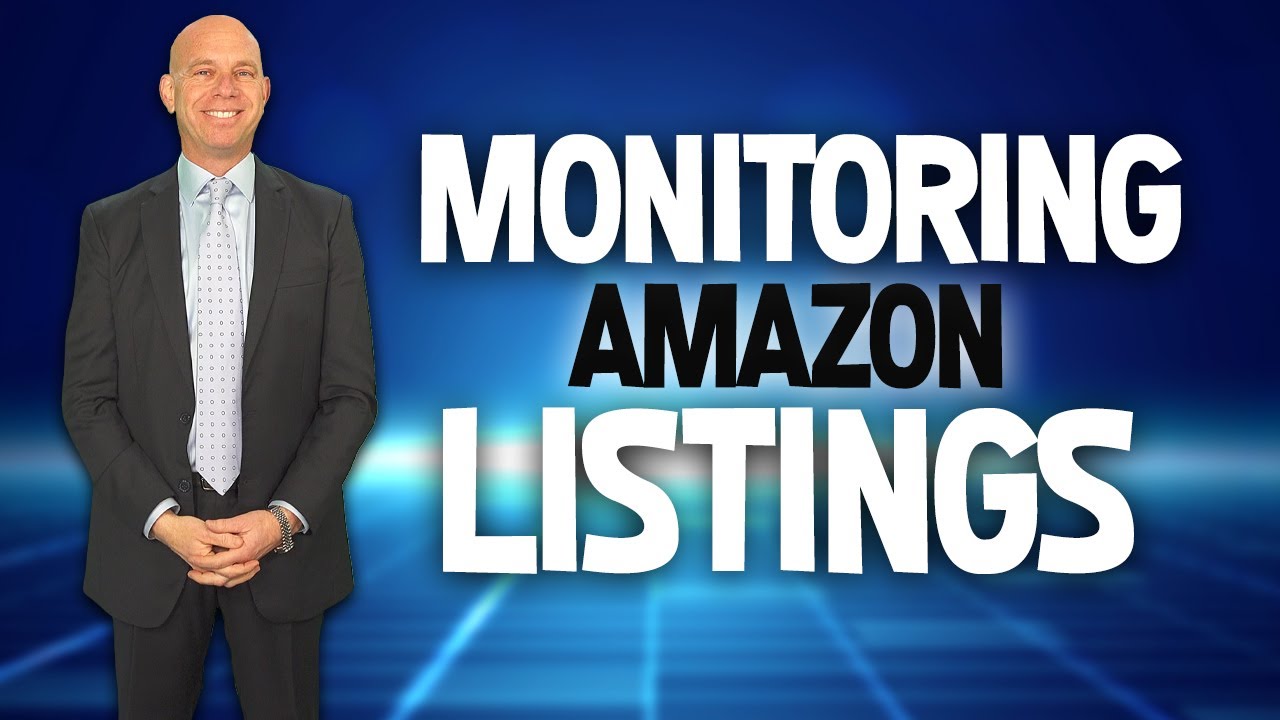
When a seller is deciding on what trademark to use, it’s important to ensure that an existing trademark does not have priority.
Put simply, having priority means the seller’s prospective trademark must be the first in commercial use within its geographic area.
Typically, a trademark unregistered with the United States Patent and Trademark Office (“USPTO”) will be limited to a general geographic area where the consumer base will be able to identify that mark as representing a particular source. This geographic area is called the “zone of goodwill.” [1]
A seller’s zone of goodwill is comprised of two essential elements:
- The zone of market penetration (regions where consumers have purchased products bearing the mark)
- The zone of reputation (regions where consumers know about the seller’s products). [2]
To gain trademark protection in the zone of goodwill, a seller must demonstrate that their mark has been used commercially by showing the volume of sales in the area, the growth trends in that area, the number of customers in relation to the number of actual customers in the area, and the advertising present within the area. [3]
When a trademark satisfies those requirements, and is the first of its kind to be used in the zone of goodwill, it gains legal priority over any newcomers who will then be infringing on it should they decide to enter the market.
And, like their brick-and-mortar cousins, it’s no different with internet sellers trying to form and use a trademark. They too will need to worry about other trademarks holding priority over theirs in a desired geographic area.
Like sellers who retail a majority of their merchandise in physical locations, internet sellers must respect the market penetration and reputation of competitors and their potentially prioritized trademarks to determine what areas may be taboo for their own trademark. [4]
Looking at the number and distribution of total sales made by the internet seller will help you determine the market penetration for an internet seller. A helpful way to estimate reputation is to tabulate the number of views from each geographic location in which the seller would like to deploy the trademark.
Geographic Zones: When to Commit to a Trademark & When to Take a Step Back
When you’re creating a trademark for your brand, it’s wise to weigh when to put it into use, and when to walk away. If you suspect your shiny new mark will probably be blocked by a preexisting mark, don’t spend too much time or effort on designing and employing it.
If you think it would be impossible to avoid infringing on another mark, take a step back. Redesign your mark rather than cast the die and hope your trademark won’t step on any toes. And if you don’t take the time to check for a preexisting mark in the Gazette or the area in which you want to deploy your trademark, don’t be surprised when you receive a cease and desist order, or worse, a legal complaint.
Common sense says that to avoid infringement, you should always review the zone of goodwill of competitors before filing a trademark. However, if the seller has no plans to pursue registration of his/her trademark, it may be beneficial to perform regular checks of his/her own zone of goodwill to measure the geographic area his/her trademark covers. This way, not only will the internet seller avoid infringing any existing trademarks, but he/she will also be able to determine their zone of goodwill more readily to protect their own territory.
But wait, there’s more.
In addition to everything we mentioned, you must also determine the predicted “zone of expansion” for the business.
How? First look at whether the owner of the mark holds a valid trademark.
Then evaluate the following:
 The physical distance from the trademark user’s location to the perimeter of the claimed zone
The physical distance from the trademark user’s location to the perimeter of the claimed zone- The business and size of the market
- The history of expansion and estimation of when the user could reach the zone in question
- Whether the expansion into the zone would be the next probable step for the business’s expansion [6]
Because of the scale of the internet, experts have noted that the zone of expansion for online sellers may in fact be larger and quicker to grow than brick-and-mortar retailers. After all, the internet is available to so many people at once. Thus, it would be easier to assume that the internet seller will be able to expand to a larger number of people than a brick-and-mortar store. [7]
Brand Lawyers’ Side Note: When dealing with trademark priority issues, you may come across the concept of “tacking.” Tacking occurs when a party “tacks” or “saves” the date of the original mark onto a subsequent mark for purposes of establishing priority.
However, the two marks must be so similar that consumers would typically regard them as the same. For example, if McDonald’s started a subsequent business under the mark “McRonald’s” as a cardiologist office to fix the hearts of people who eat too many Big Mac’s, they would be able to tack the new mark to the date they registered “McDonald’s” for trademark. That’s because the marks are so similar that an average person would recognize the subsequent mark as part of McDonald’s business.
Although this is a fairly advanced and rare concept, it may come in handy if you ever want to draft a new trademark and don’t want to start fresh with gaining priority.
The theory and practice of establishing and maintaining a trademark may seem daunting. But like it or not, it’s essential to stay current to establish and maintain a solid brand.
Trademark Protection Lawyers
[1] W. Scott Creasman, Establishing Geographic Rights in Trademarks Based on Internet Use, 95 Trademark Rep. 1016, 1017 (2005).
[2] Id. at 1017-18.
[3] Id. at 1018.
[4] Id. at 1029-30.
[5] See infra Chapter 8.
[6] Michelle L. Evans, 99 Am. Jur. Proof of Facts 3d 107 Establishing the Zone of Expansion for Trademark Purposes § 18 (2018).
[7] See Brian L. Berlandi, What State am I in?: Common Law Trademarks on the Internet, 4 Mich. Telecomm. & Tech. L. Rev. 105, 113-21 (1999








